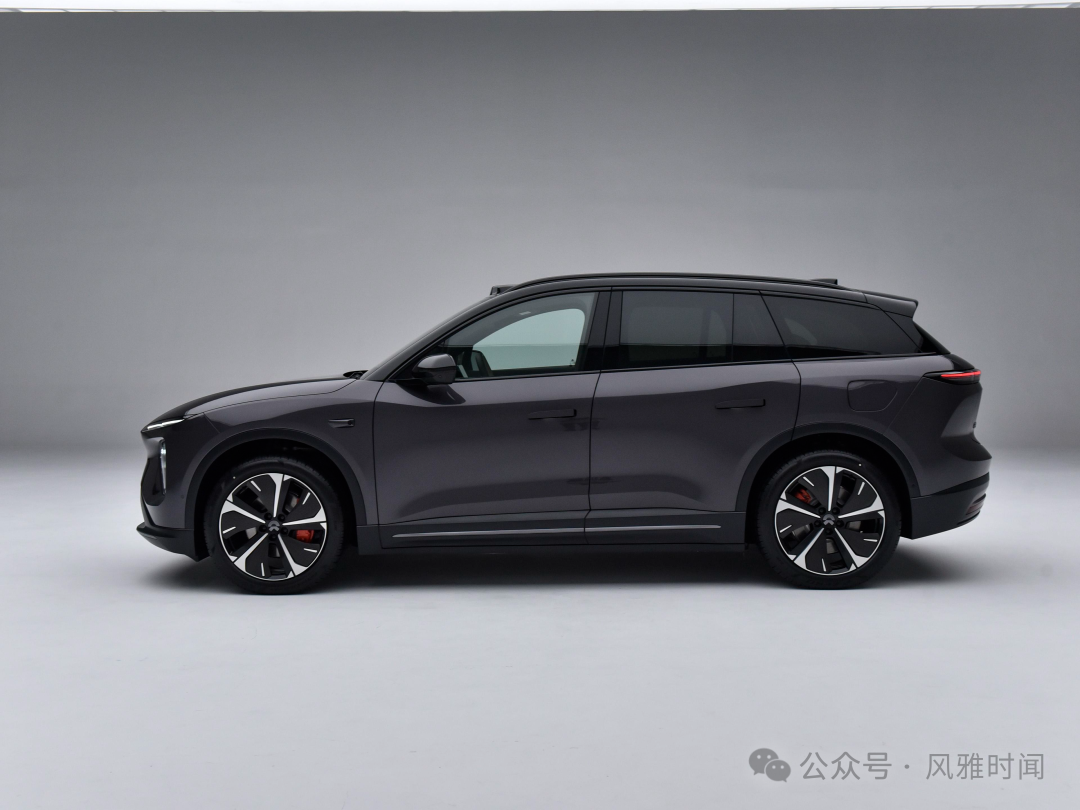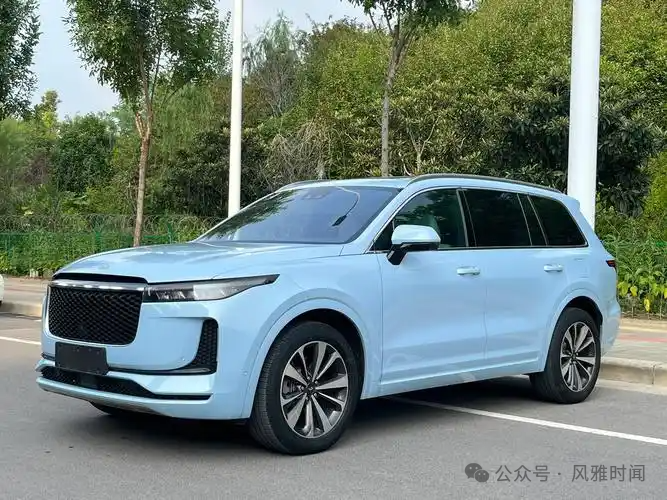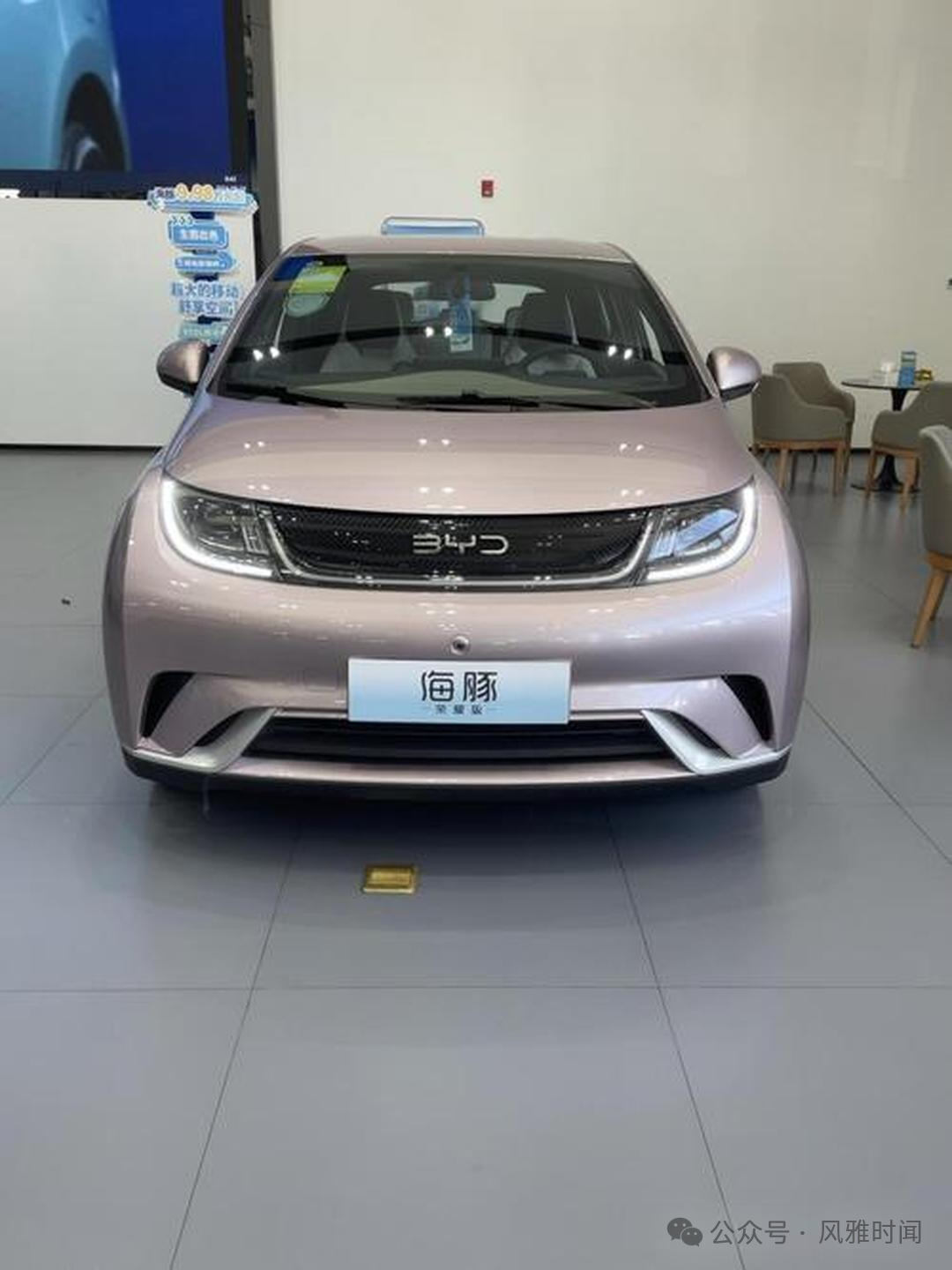In recent years, with the global automotive industry’s push towards electrification and intelligence, automotive chips have become the “heart” of vehicle manufacturing. However, we must face a harsh reality: the monopoly of American chips remains the biggest barrier for domestic chips to break through. So, how can domestic automotive chips secure a place in this battle for breakthrough? Especially in today’s world where automotive intelligence and autonomous driving technologies are becoming increasingly complex, how can domestic car manufacturers rely on self-developed chips to achieve a true “comeback“? How can we win this game?
Appearance: More Than Just Aesthetics, There’s a Story
When it comes to a car’s appearance, people often think of tags like fashionable, streamlined, and dynamic, but that doesn’t mean every car can achieve a “well-rounded” design. Some cars focus on aesthetics, while others emphasize practicality. In this regard, breakthroughs in domestic chips can actually provide car manufacturers with more creativity and design space.
Take BYD’s Dolphin as an example; its appearance is highly recognizable, modern, and maintains a certain level of approachability. The body lines are simple and elegant, not ostentatious yet still unique, which aligns well with the aesthetic demands of today’s young consumers. Moreover, during the design process, the performance support of onboard chips makes the display and control systems more flexible and intelligent, enhancing the overall user experience.
However, conversely, without strong chip support, many design details cannot be realized. For instance, in headlight design, avant-garde LED headlights combined with intelligent chips can provide better light and shadow effects during night driving, making the visual effect not only beautiful but also improving safety. Such lighting systems could potentially become the next representative work of a “lighting factory“.
Interior: Empowered by Intelligence, Upgraded Experience
When it comes to the intelligent experience inside the car, the role of chips becomes even more apparent. Take the Xiaopeng P7 as an example; the in-car voice recognition system, touchscreen operations, and autonomous driving functions all rely on powerful computing power and algorithm support. The rise of domestic chips undoubtedly provides car manufacturers with more autonomy.
For instance, traditional car interiors might consist of a simple dashboard, air conditioning control system, and navigation. However, today, car manufacturers can integrate intelligent central control screens into the interior, supporting human-vehicle interaction, online payments, entertainment systems, and more. With the powerful computing capabilities of domestic chips, drivers can experience smoother and more precise control. For example, Xiaopeng’s P7 has successfully broken the limitations of consumer reliance on traditional onboard chips with its strong L2 level autonomous driving technology, providing a “highly technological” driving experience.
Power: Dual Focus on Power and Chips
Nowadays, more and more consumers are paying attention to the power performance of vehicles, especially with the rapid popularization of electric vehicles, making the power system a major focus when choosing a car. The rise of domestic chips not only elevates the intelligence of vehicles but also significantly enhances the response speed and accuracy of the power system.
Take NIO’s ES6 as an example; this vehicle’s power system is equipped with an efficient battery and incorporates domestic chip applications, resulting in smoother power output. More importantly, these chips play a crucial role in the vehicle’s energy management system, ensuring that battery charging, discharging, and management are more intelligent and efficient. In simple terms, domestic chips can make the power performance of such vehicles more stable and extend the driving range.
However, many car owners in the market have complained that the stability of domestic chips still needs improvement. Indeed, some brands’ battery management systems still occasionally experience instability, which is a pain point that domestic chip manufacturers urgently need to address.
Intelligence: Beyond Experience, Winning the Future
When it comes to automotive intelligence, car owners are most concerned about the response speed, stability, and safety of the onboard system. With the advancement of domestic chip technology, the smoothness of onboard operating systems and the precision of intelligent assisted driving have significantly improved, and consumer demands for in-car experiences have begun to enter a “high-end” stage.
For example, Great Wall’s WEY Tank 300 is equipped with domestic intelligent chips, allowing owners to enjoy smarter voice recognition and driving assistance systems. The adaptive cruise control, automatic parking, and lane-keeping functions in the car respond quickly and accurately, especially performing impressively in complex traffic environments.
Additionally, with the continuous maturation of L2 level autonomous driving technology, more and more domestic vehicles are investing in research and development in this area. For instance, the autonomous driving system of the Li Auto ONE provides more convenience and comfort for drivers while ensuring driving safety, which relies heavily on the strong support of chips.
Competitive Comparison: How Competitive Are Domestic Chips?
When discussing the breakthroughs of domestic chips, we must compare them with several competing products. Taking Tesla’s Model 3 as an example, this vehicle’s autonomous driving and chip technology have always been at the forefront of the industry, but some believe that Tesla’s chips are gradually losing competitiveness in the domestic market, especially in terms of the popularity of autonomous driving and localization needs, where domestic chips can better adapt to the demands of the Chinese market.
Comparing Xiaopeng’s P7 and Tesla’s Model 3, we see that one advantage of domestic chips is that they can be adjusted according to Chinese road conditions, while American chips and algorithms tend to be more globalized. In the field of intelligence, the debugging and optimization speed of domestic chips is evidently faster, aligning with the driving habits and needs of local drivers.
Looking at Li Auto’s ONE and NIO’s ES6, although both are equipped with efficient batteries and intelligent configurations, Li Auto’s ONE performs slightly better in terms of driving assistance and chip stability. NIO’s ES6 has slight advantages in range and intelligence, but still has room for improvement in the debugging and optimization of the power system and onboard chips.
Domestic automotive chips have made significant progress in recent years, especially in the application of intelligence and autonomous driving, providing drivers with a better driving experience. Although challenges remain, with continuous innovation and improvement in domestic chip technology, domestic chips are expected to play an increasingly important role in the future automotive industry.


